Mazda CX-60: the brand moves into the big time with its first plug-in hybrid SUV
Mazda wants to capture the hearts of soft-roaders the world over with its new hybrid Mazda CX-60. Is this PHEV fab?
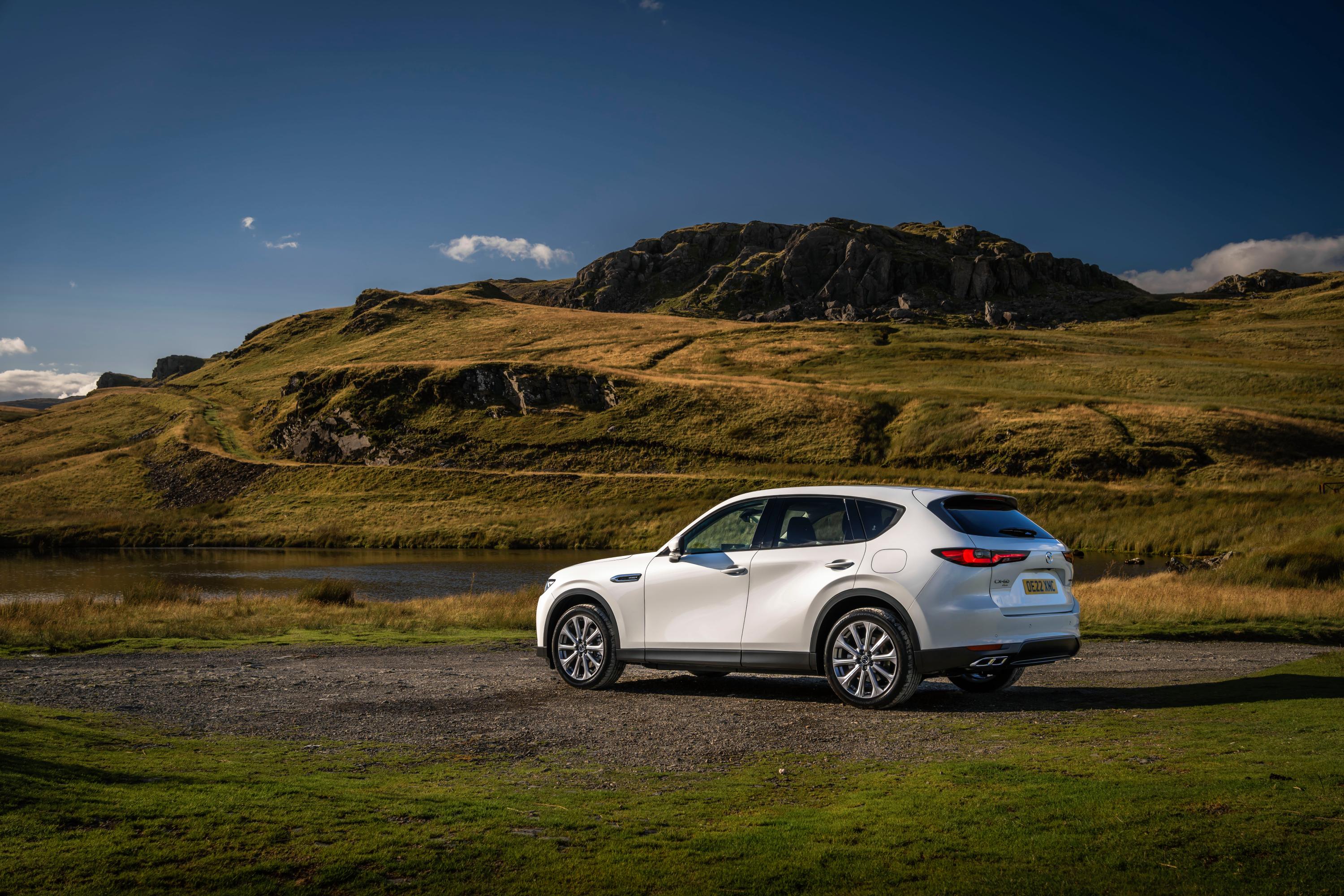
If you were shown the side profiles of every mid-size SUV on the market, stripped of identifying badges, a keen eye would be needed to discern which one was which. This is a huge category of car, with SUVs making up around 45 per cent of all car sales.
For a volume manufacturer like Mazda (which built about 1.3 million cars in 2021) it’s clearly important to have a presence among the myriad SUVs. But how to make it different? For a while now, the Japanese company has set itself apart from the mainstream.

Mazda has been around since 1920, starting with cork manufacture, then moving on to rickshaws and ultimately cars. After a long-running partnership with Ford, it recently hooked up with fellow Japanese manufacturer Toyota, with whom it has a tech-sharing agreement. In the modern era, the company has excelled at making inexpensive small cars like the Mazda2 and Mazda3, as well as some perennially unfashionable and underrated mid-size saloons and estates (the Mazda6).
For now, Mazda is still best known for its long-running Mazda MX5, the world’s best-selling sports car, and for a streak of marketing that emphasises sprightly handling, performance, and a general feeling of joie de vivre across its range. It’s a tall order to distil this DNA into an SUV. Before the Mazda CX-60, there was the ill-fated MX-30, a neat-looking but range-hamstrung EV that represents a bit of an evolutionary dead end.
Mazda CX-60: a go-anywhere country runaround that doesn’t skimp on tech
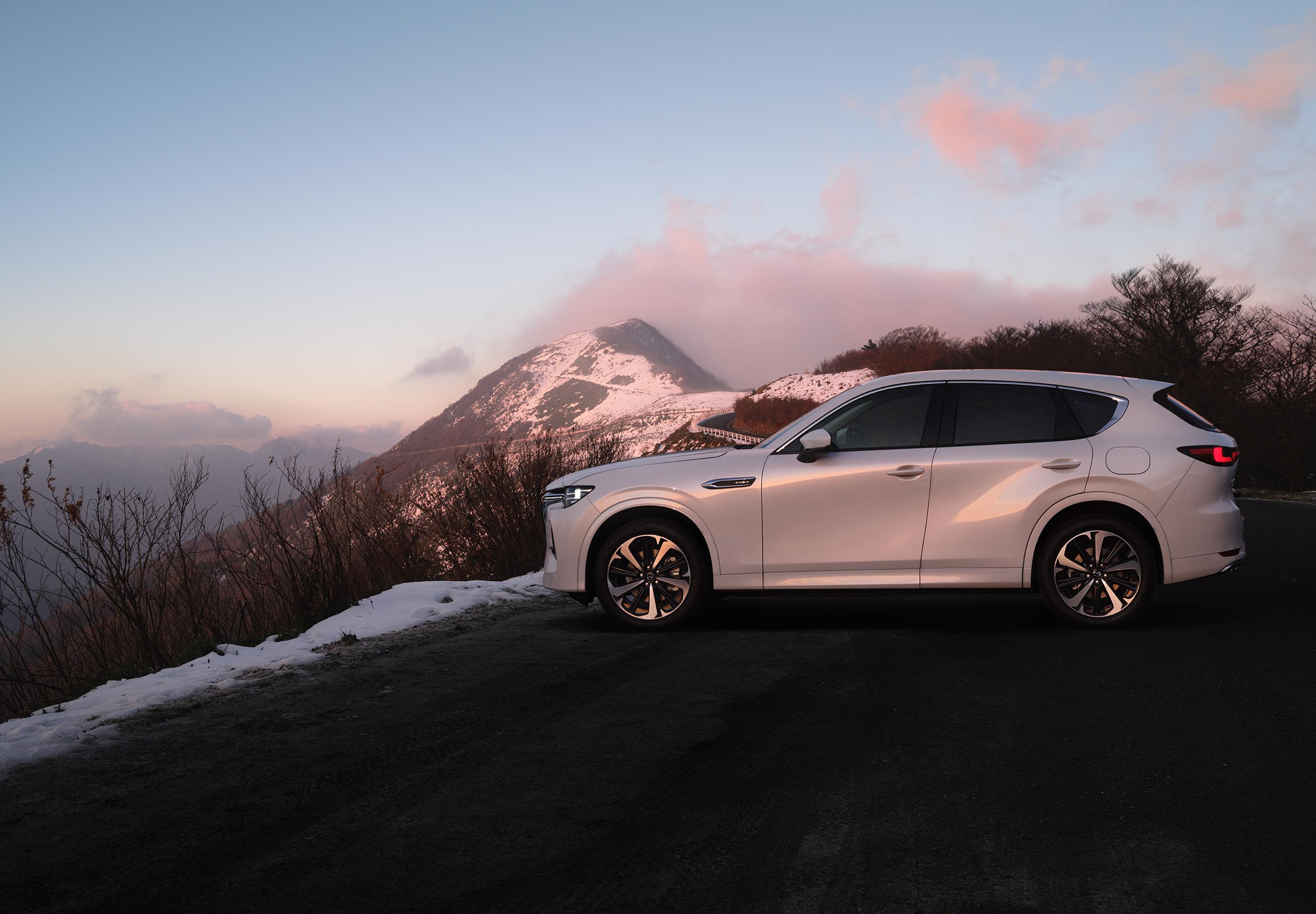
First impressions of the Mazda CX-60 are similarly underwhelming. The bigger CX-60 doesn’t stand out from that aforementioned line-up of competitors, nor does it make much visual impact on the road.
The high flanks are broken up by an awkward crease that makes you double-take each and every time you approach the car, half-convinced that someone has just side-swiped it, while the wheel arches are given a pronounced, cartoonish crimp in an attempt to subdue the expanses of bare metal. At the front, the Mazda grille bleeds into the headlights on either side, a technique used by both BMW and Mercedes in recent years.
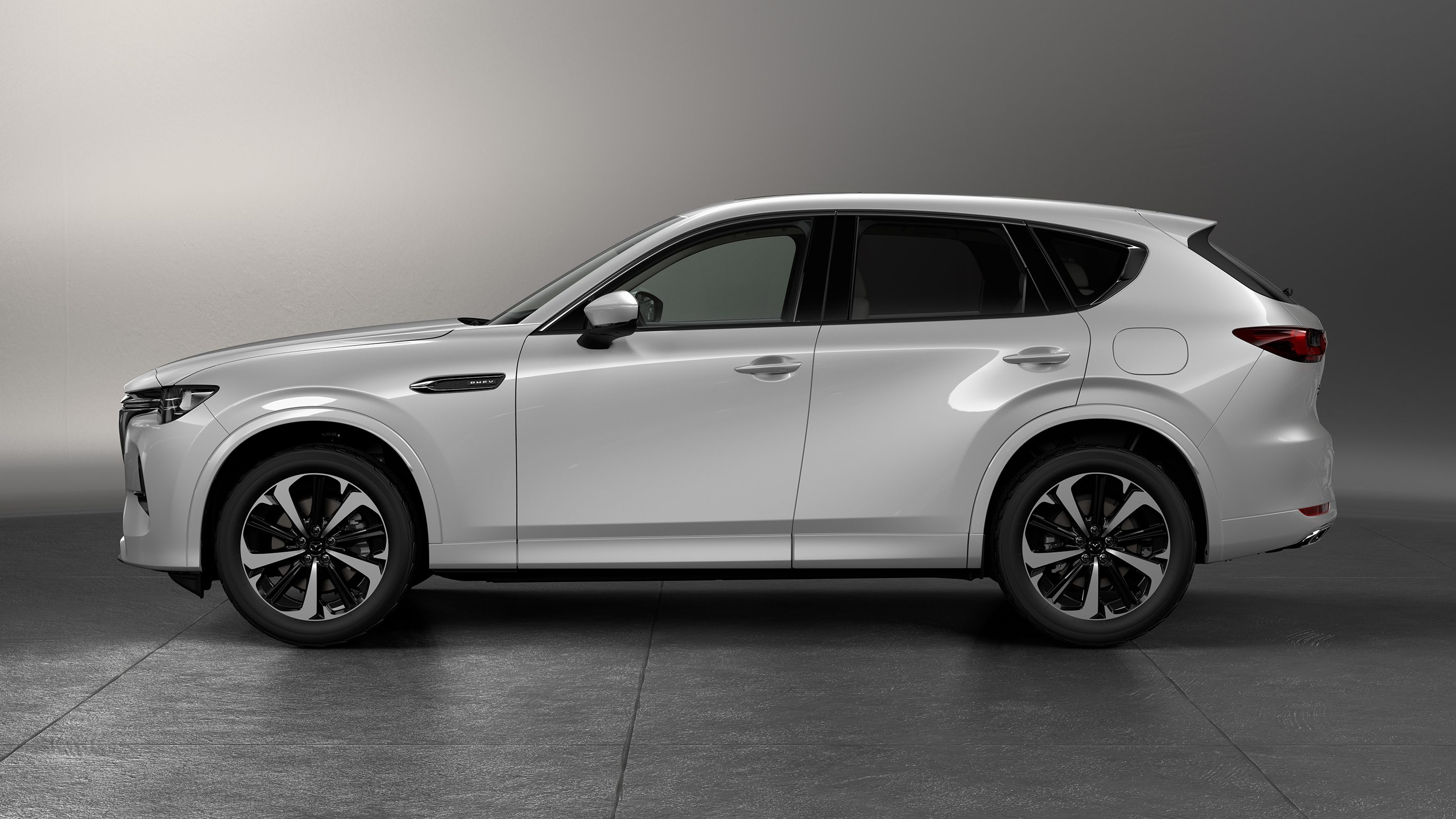
Mazda makes a great deal of its adherence to traditional Japanese design concepts like ‘Ma’ (‘the calm and dignified beauty of empty space‘) and ‘Hacho’ (described as ‘intentional unevenness’), as well as ‘Kaichou’, ‘an element of disruption which mixes different materials and textures’.
Receive our daily digest of inspiration, escapism and design stories from around the world direct to your inbox.
It’s a stretch to detect these in the CX-60, either inside or out, and they work best when deployed on Mazda’s concept vehicles, unconstrained by the limits of mass production and legislation.
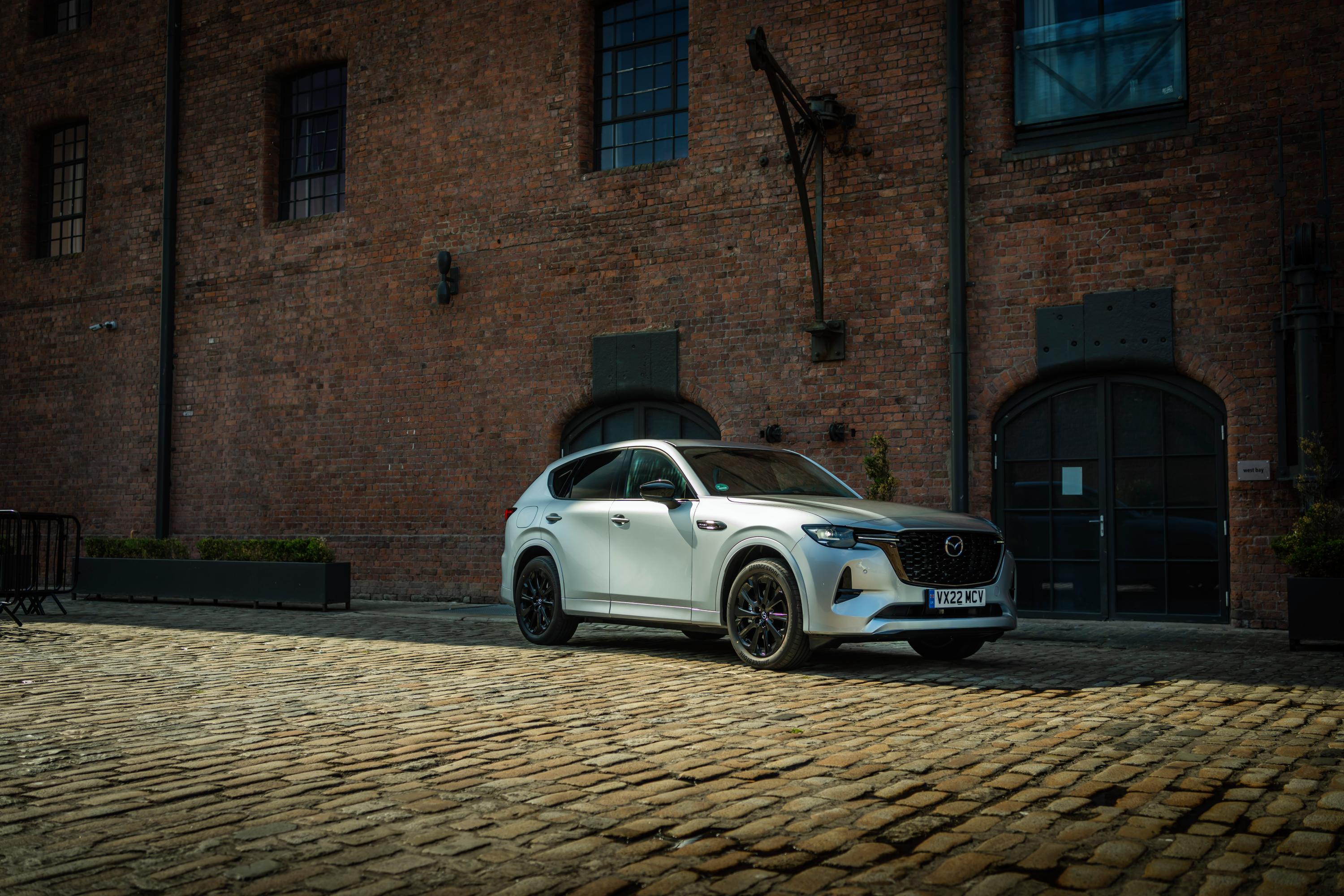
Nevertheless, the CX-60 is a much more satisfactory story inside. You’d have thought there was no excuse for a badly designed car interior in 2022, but the truth is that the ultra-rapid evolution of personal technologies like smart phones and tablets has posed a massive headache for car designers, who don’t have the speed and resources to keep up.

Full touchscreen interiors are inevitably over-complicated or underwhelming, and Mazda has thankfully gone for an approach that mixes screens with dials. In ‘Takumi’ trim, it’s a very well-equipped, comfortable car, even if on-board technologies like See-Through View – which gives you an underbody view when off-roading – are likely to be under-utilised by many drivers.
The other aspect of Mazda’s ethos that the CX-60 struggles to convey is the driving experience. A firmly-sprung car gives a more dynamic and responsive driving experience. However, hybrids are not svelte, and as a result, the CX-60 is brutishly firm across rough roads and speed bumps. On the open road, it is substantially better, but doesn’t quite have the relationship to the MX-5 that a Porsche Macan has, say, to a Cayman.

So the CX-60 is not a town car, then. But given that it’s a hefty SUV, this should come as absolutely no surprise to anyone. In its favour, the CX-60 offers the same broad range of abilities as, say, a Range Rover, only at a fraction of the price. It might not align with Mazda’s self-image, but as a cut-price, go-anywhere country runaround that doesn’t skimp on tech, the CX-60 starts to make sense.
Mazda CX-60 EXCLUSIVE LINE, from £45,420, Takumi Grade edition from £48,050
Jonathan Bell has written for Wallpaper* magazine since 1999, covering everything from architecture and transport design to books, tech and graphic design. He is now the magazine’s Transport and Technology Editor. Jonathan has written and edited 15 books, including Concept Car Design, 21st Century House, and The New Modern House. He is also the host of Wallpaper’s first podcast.
-
 How ethical is Google Street View, asks Jon Rafman in Copenhagen
How ethical is Google Street View, asks Jon Rafman in CopenhagenIn 'Report a Concern - the Nine Eyes Archives' at Louisiana Museum of Art, Copenhagen, Jon Rafman considers technology's existential implications
-
 Next-generation jeweller Rosalie Carlier is one to watch
Next-generation jeweller Rosalie Carlier is one to watchThe young jewellery designer creates sensuous but bold pieces intended to ‘evoke emotion in the wearer’
-
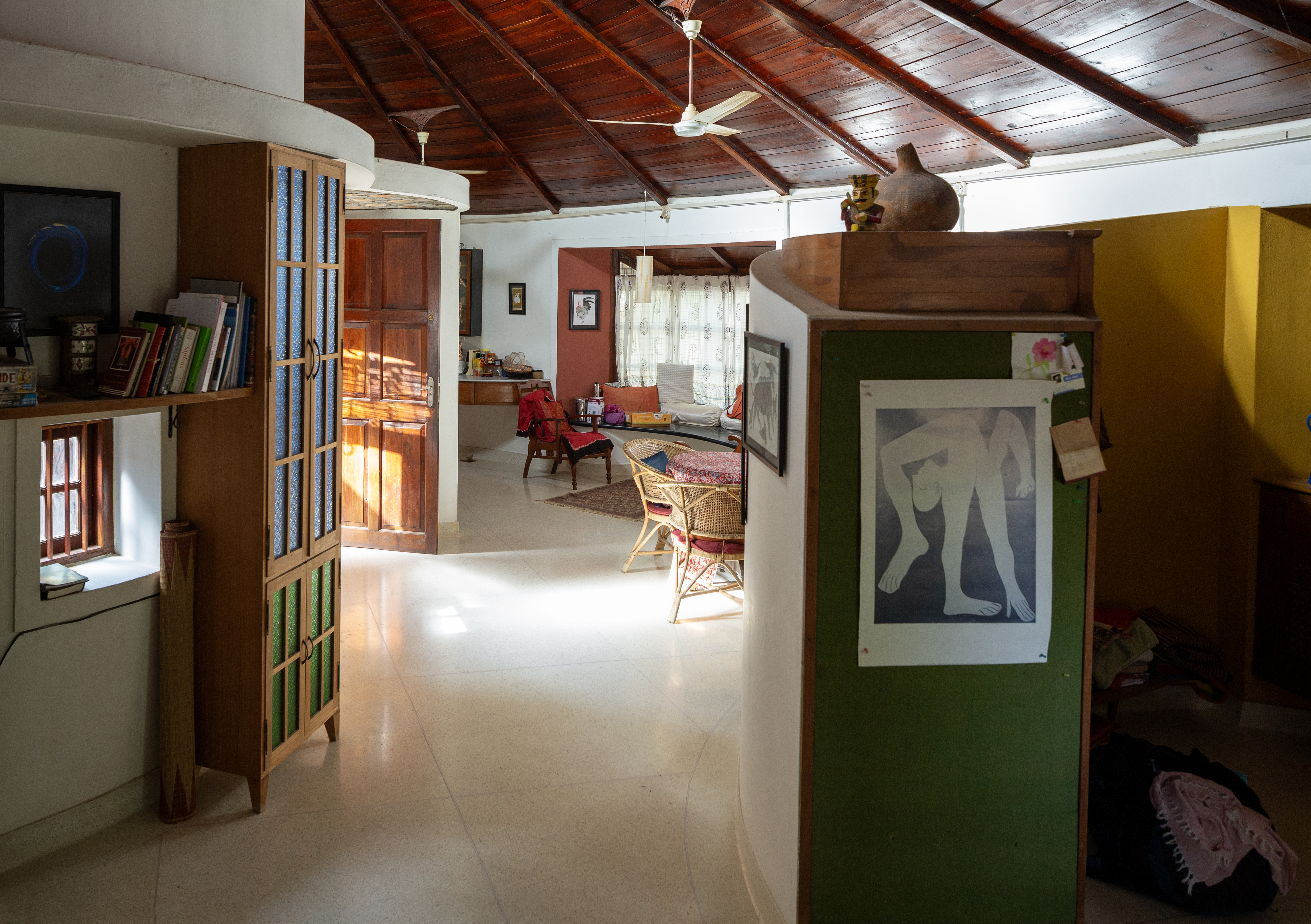 Inside a creative couple's magical, circular Indian home, 'like a fruit'
Inside a creative couple's magical, circular Indian home, 'like a fruit'We paid a visit to architect Sandeep Virmani and social activist Sushma Iyengar at their circular home in Bhuj, India; architect, writer and photographer Nipun Prabhakar tells the story
-
 Danish manufacturer Zenvo Automotive’s Aurora is the true enthusiast’s hybrid hypercar
Danish manufacturer Zenvo Automotive’s Aurora is the true enthusiast’s hybrid hypercarZenvo Automotive dovetails Danish design culture with a love of high-end engineering and exceptional performance. We talk to the company’s Jens Sverdrup about its newest machine, the Aurora
-
 Yves Béhar gives striking shape and form to this new hybrid-electric catamaran concept
Yves Béhar gives striking shape and form to this new hybrid-electric catamaran conceptSolsea is a concept catamaran from Italian shipyard Rossinavi, blending zero emission cruising with design by Yves Béhar
-
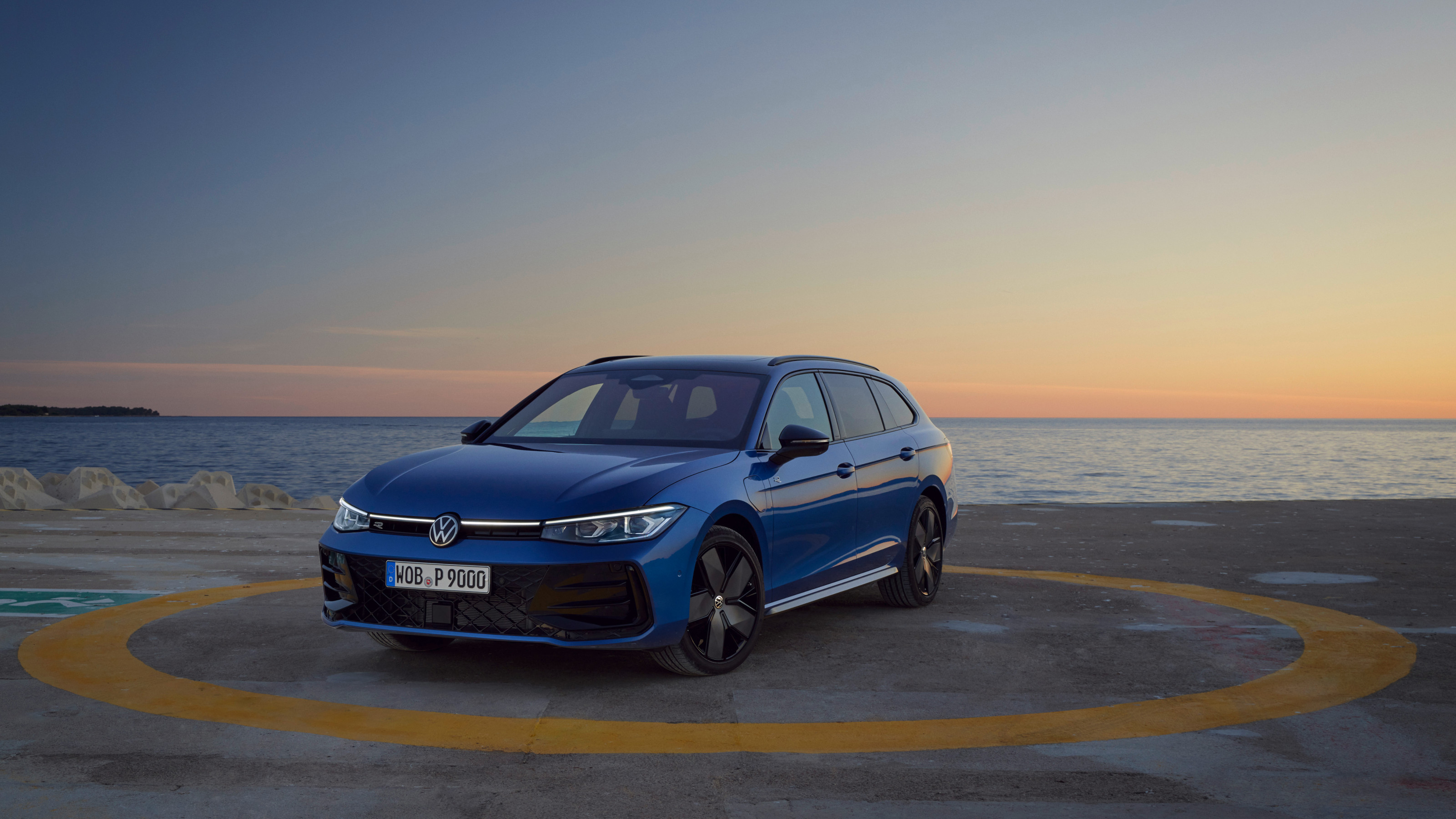 The Volkswagen Passat is a sober, straight edged estate car that feels increasingly out of time
The Volkswagen Passat is a sober, straight edged estate car that feels increasingly out of timeWhy would anyone pass on a Passat? Volkswagen’s big load lugger proves that the old ideas are still the best
-
 Bentley describes the updated hybrid Flying Spur Speed as a four-door supercar
Bentley describes the updated hybrid Flying Spur Speed as a four-door supercarThe latest version of the Bentley Flying Spur is a technological showcase and an outstanding performer
-
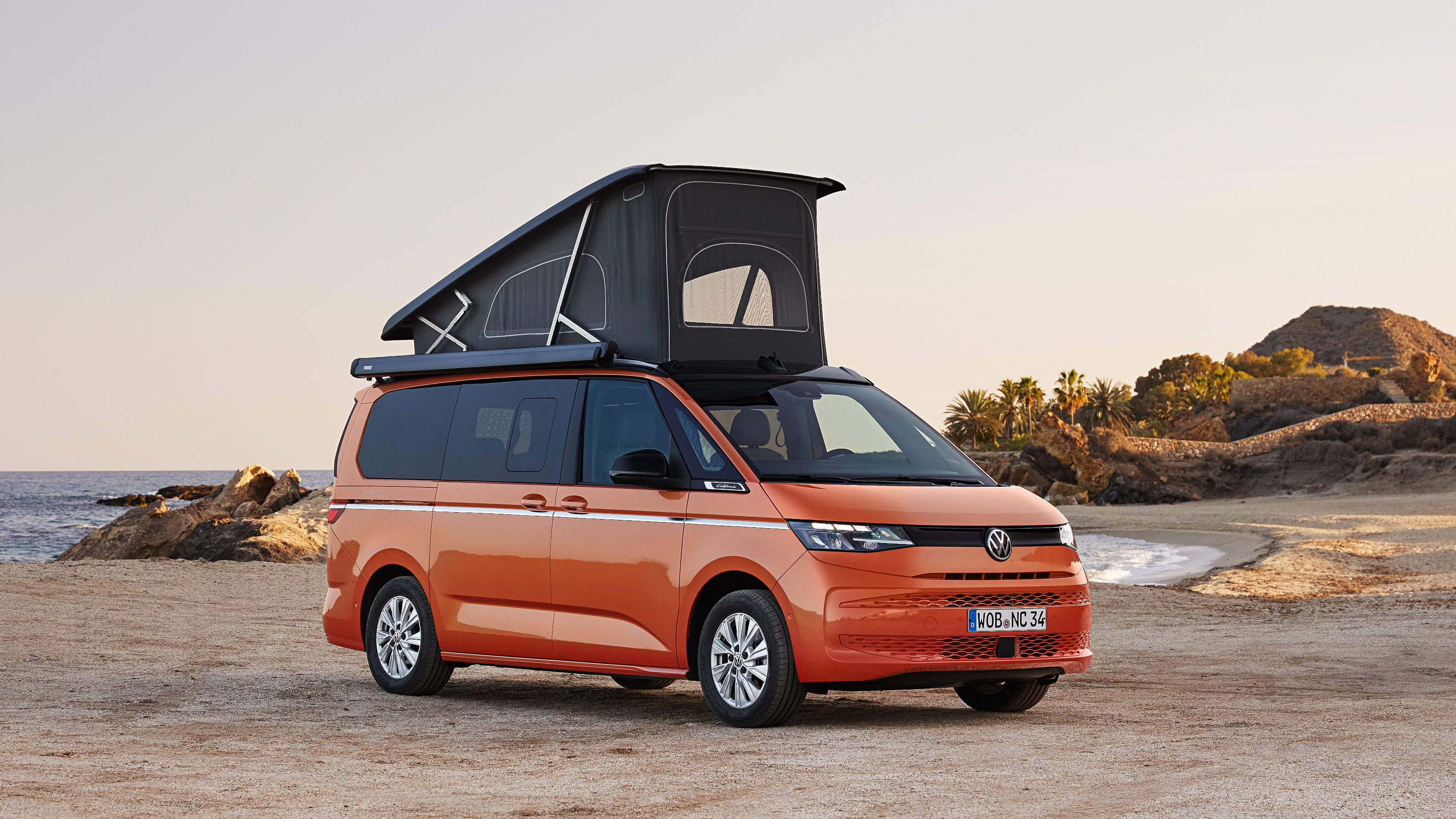 New Volkswagen California is a hybridised camper van that has it all
New Volkswagen California is a hybridised camper van that has it allThe Volkswagen New California camper van is here, the latest update to VW’s evergreen classic, bringing a larger platform, more flexibility and hybrid power for the first time
-
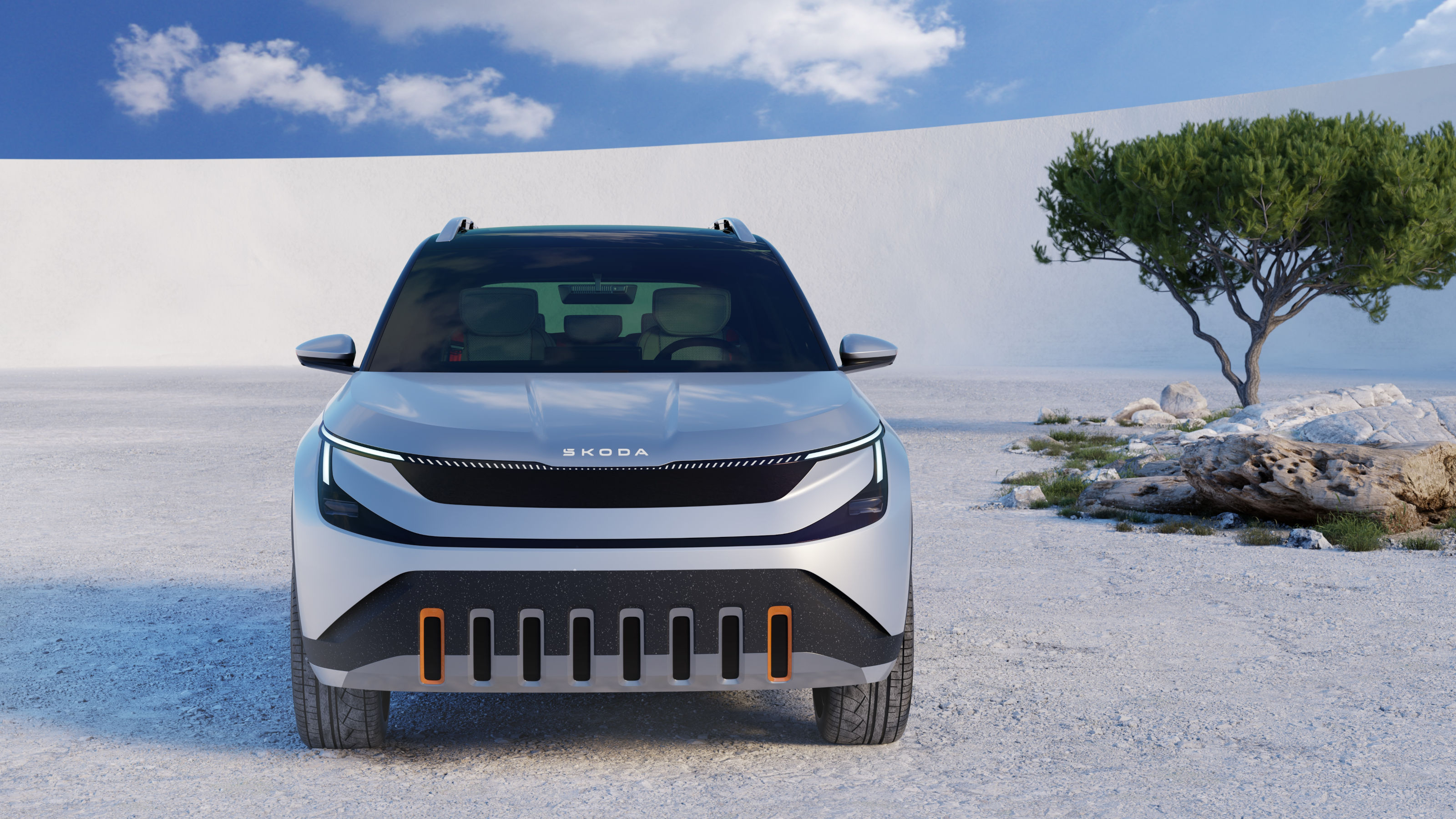 Coming soon: a curated collection of all the new EVs and hybrids that matter
Coming soon: a curated collection of all the new EVs and hybrids that matterWe've rounded up new and updated offerings from Audi, Porsche, Ineos, Mini and more to keep tabs on the shifting sands of the mainstream car market
-
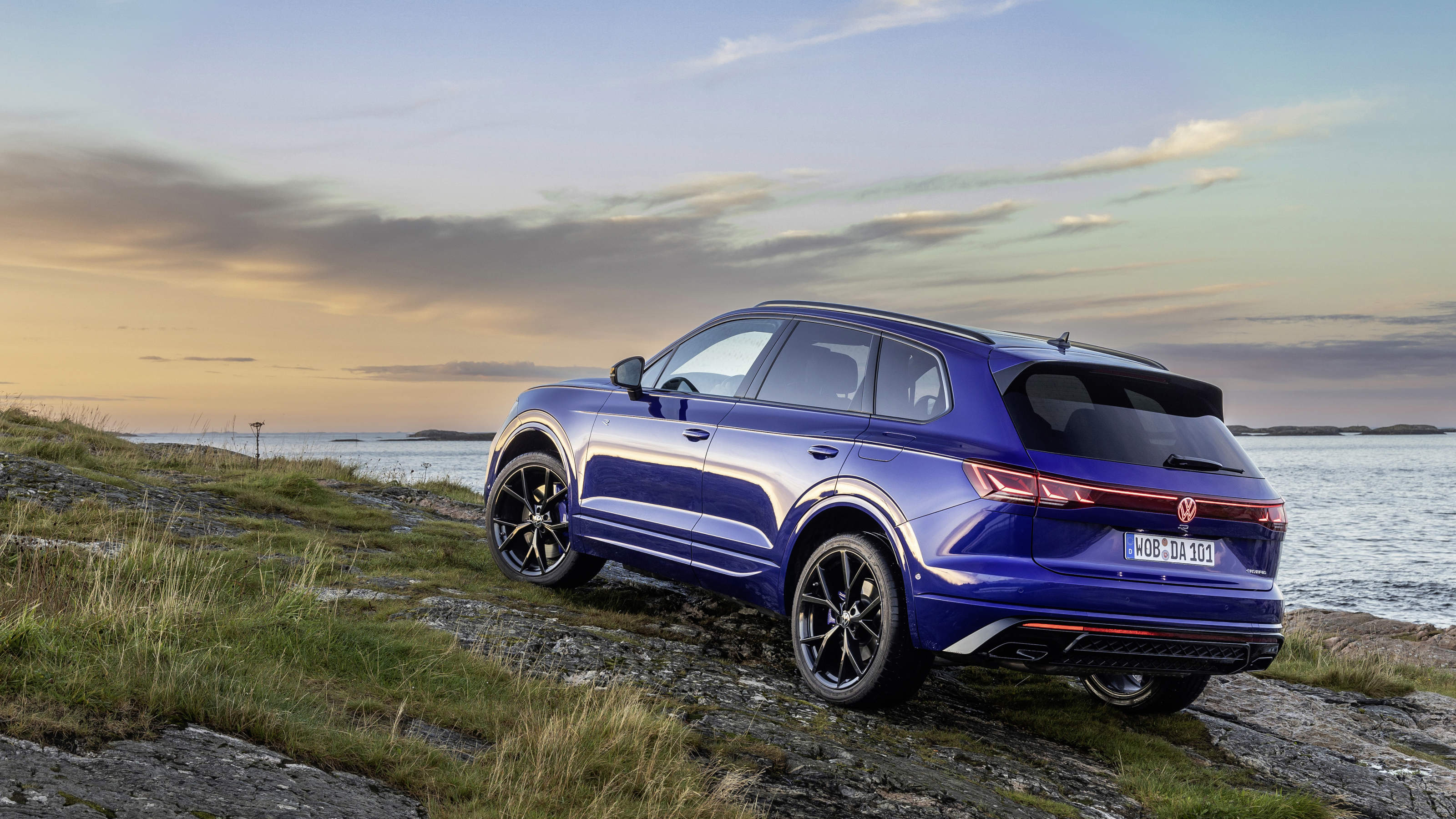 Refreshed Volkswagen Touareg does the heavy lifting for long-distance travel
Refreshed Volkswagen Touareg does the heavy lifting for long-distance travelThe new Volkswagen Touareg R eHybrid is the people’s luxury SUV, capable of going anywhere and doing anything. Does it stack up to rivals?
-
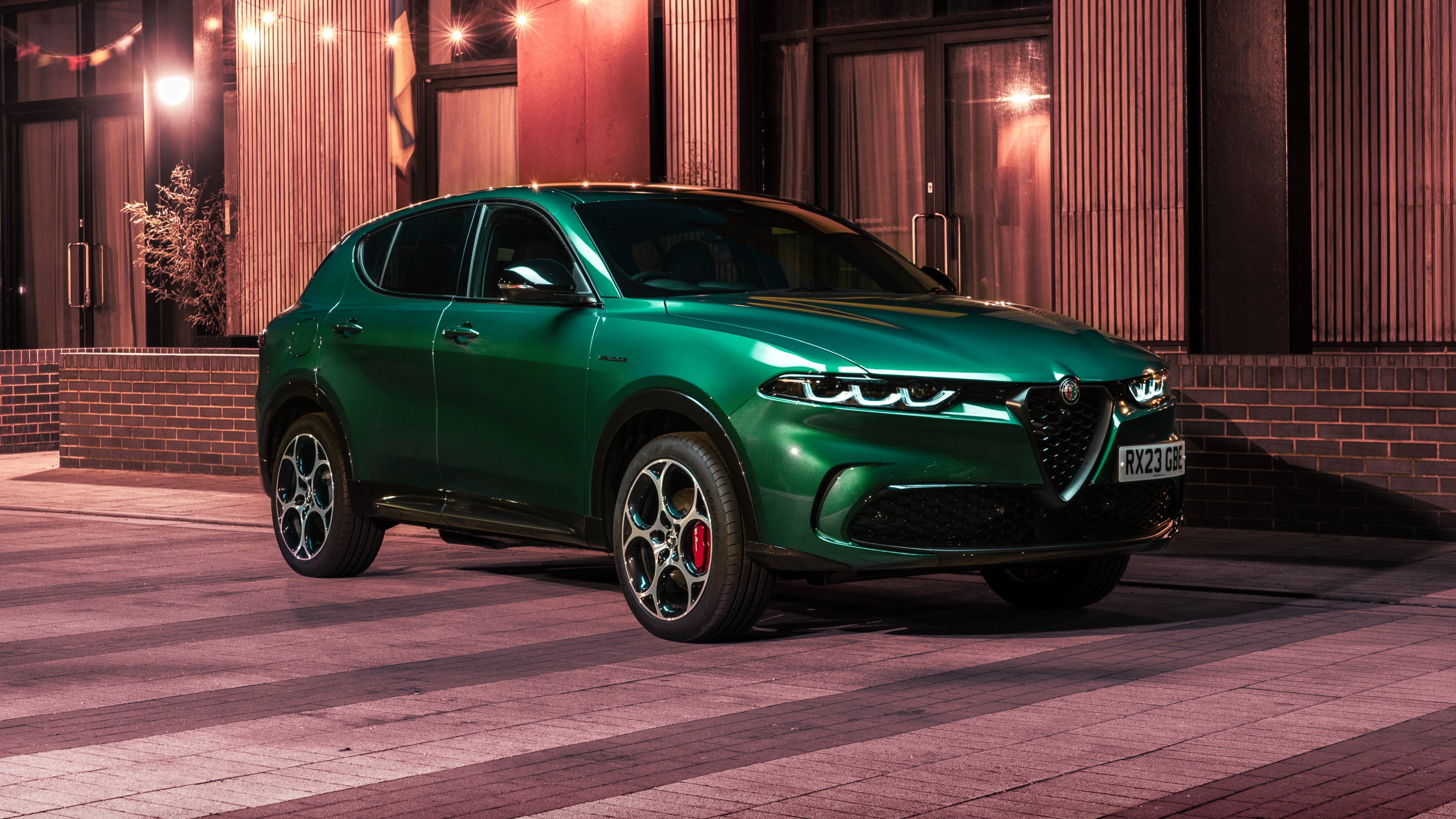 Alfa Romeo Tonale plug-in hybrid isn’t quite the tonic the Italian brand is capable of brewing
Alfa Romeo Tonale plug-in hybrid isn’t quite the tonic the Italian brand is capable of brewingThe Alfa Romeo Tonale plug-in hybrid is yet another entry into the crowded compact SUV market, this time bringing the Italian brand’s idiosyncrasies to the fore